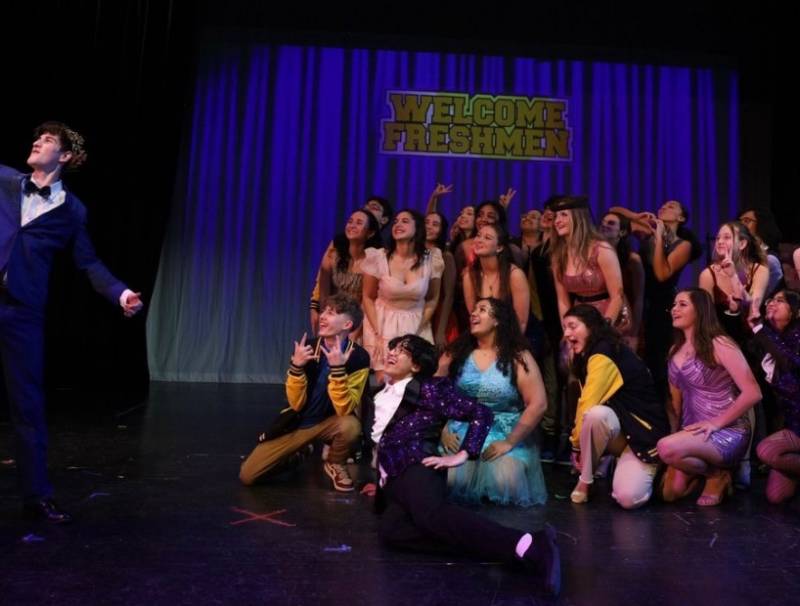Arts and Music Stir Student Creativity
In an era where science, technology, engineering, and mathematics, also known as STEM education, often takes the spotlight, the importance of arts and music education should not be overlooked. While STEM subjects really do play an important part in the world, the arts and music play a pivotal role in shaping well-rounded people and allow creativity, a quality that is essential for success in any field.
Art and music is a way for individuals to be creative and is also known for helping improve academic achievement. According to hesarizona.org “Low-income students engaged in the arts are more than twice as likely to graduate college (37%) as their peers with no arts education (17%).” In a world where we talk a lot about STEM, we shouldn't forget how important art and music are.
While STEM subjects are essential, art and music also play a big role in making people creative and well-rounded. They help students in doing well in school, too. For example, hesarizona.org reports that students who take four years of arts and music classes average almost 100 points better on their SAT scores than students who take only one-half year or less.
So, it's not just about numbers and formulas; art and music make a big difference in how we learn and succeed. When you do art, you get better at thinking creatively and solving problems. People who do art often do well in their other classes, too. It helps your memory and makes you think more. You learn about different cultures and history through art, and it can make you feel good.
Doing art projects with others teaches you how to work together and be a good team player. When you succeed in art, it makes you feel confident and positive. Art helps you focus and be disciplined, which are important skills for everything you do in school. So, art is not just about drawing, it helps you become better at lots of things in school and in life.
Apart from these advantages, music and art have a special ability to unite people. They allow people to express themselves in ways that are difficult for words, too.
The colors, shapes, sounds, and movements come together to create emotions that might be hard to describe with language. Art lets people interpret things in their own way, making a personal connection. It's like a special language that engages our senses, capturing the spirit of different times and cultures. In simple terms, art speaks to our feelings and experiences, sometimes saying things that words alone can't quite express.
Additionally, the abilities used in music and art education such as tenacity, discipline, and teamwork transfer to many other aspects of life. Students who engage in creative activities develop important life skills that go beyond the studio or stage, such as teamwork, goal setting, and overcoming obstacles.
In the rapidly evolving 21st century, with focus on creativity and expression, arts and music education will play a major role in equipping people for the problems of the future. The importance of the arts and music in schooling is further highlighted in a world where math and technology are equally valued.
Encouraging a full education that incorporates STEM and the arts is essential to producing people who are not only capable of thriving academically but also creatively, and prepared to contribute positively to their communities and beyond.
"How kids learn life skills through art and music." Hesarizona.org. 11 March 2024.





